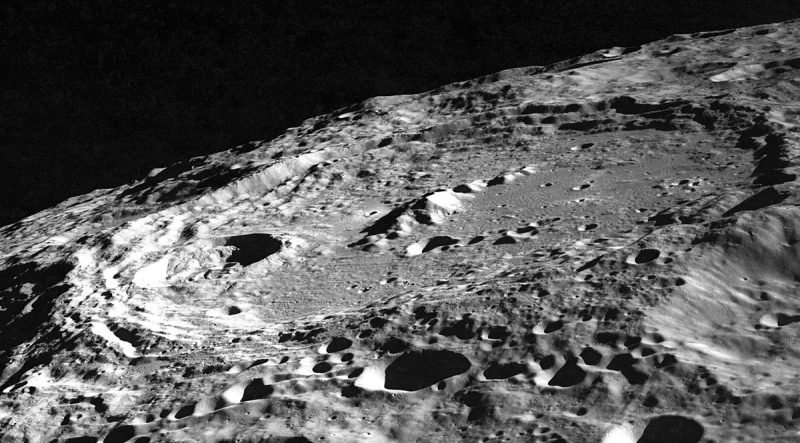A scene of unfathomable destruction is hiding in plain sight in a peaceful farm valley in the Tennessee hills. You just have to have the sophistication to know how to look for it – or you can just search out the highway marker that sums up the story in a few sentences.
In a massive firestorm of steam and rock, a meteor moving 10 miles a second blasted into the shallow sea near what is now the quiet little town of Gainesboro. The impact about 360 million years ago left a crater nearly 2.5 miles across. For a timeline perspective, it would be another 130 million years before dinosaurs thundered across the surface of the Earth.
The site is now known as the Flynn Creek Crater, and despite its ancient origin and remote, rural location, it also played an important role in man’s missions to the Moon. But first, more about the crater itself. It draws its name from a quiet, clear-running stream that bubbles from a spring near the crater’s upper edge and descends to wind across its floor.
Abnormalities in the rock layers and the landscape tantalized the earliest geologists, many of them scouring the area for coal and iron after the Civil War died down. Oddities in the rock layers and landscape at Flynn Creek caught the attention of the geologists as early as 1869, when it was noted as “a disturbance.” Later, in the 1920s and early 1930s, the crater was misinterpreted as a massive sinkhole. With more mapping, a theory was even put out in 1936 that the crater was volcanic in origin.
While many weighed in, the man who perhaps did more to crack the case was Dave Roddy, a noted astro-geologist of the time. His field mapping of Flynn Creek was the first detailed enough to demonstrate the impact origin of an ancient structure in North America.
And what an impact it was. The meteor plowed through water 30 to 60 feet deep and struck rock, smashing a crater 650 feet deep into the landscape.
Another unusual feature of the Flynn Creek Crater is the Hawkins Impact Cave, the world’s only known cave that developed from the central uplift of a meteor crater. To understand central uplift, think of those slow-motion sequences in which a plume rises up after a droplet hits the surface of a liquid. The cave was discovered in 1989 and features two large rooms. It was formed where major faults from the impact intersected and gave way when, over time, dissolved them away.
Two other significant caves–after all, this part of Tennessee is cave country–are also part of the crater system: Birdwell and Wave caves. Bear in mind that all three are on private property. There are a handful more of smaller caves and some that have collapsed. The region as a whole averages one cave per square mile, but the impact site target rocks have 5.5 times the concentration of caves.
That ancient sea the crater was born in is one of the reasons the crater is preserved. It’s also why geologists were initially stumped by it. After the meteor strike, the crater’s rim was raised above the water, but in time, it was breached and the black sea mud entered and filled it. This protected the crater and its central uplift from significant erosion.
But the mud, which later turned to rock itself, helped hide the crater’s features. It took long, detailed studies of altered rock layers, composition and a search for telltale shatter cones produced by such impacts to finally bring the crater’s story to life.
These studies weren’t just esoteric; they had possible practical applications. It was for that reason the site and its caves caught the attention of NASA. Its scientists were involved in intense studies of the crater leading up to the first American Moon landing.
NASA hoped what it learned could both help identify craters that have formed in liquid surfaces of other planets and moons. Scientists also hoped what they learned could help predict locations of caves on other planets. Such formations could offer protection to future human space explorers, shielding them from ultraviolet radiation, solar flares, and cosmic particles.
